Induction cooking has revolutionized the way we prepare meals. It’s faster, cleaner, and more energy-efficient than traditional cooking methods. But as more people switch to induction cooktops, one common frustration arises:
Why don’t all pans work on induction stoves?
This guide dives deep into the science, technology, and product nuances that determine why some cookware simply won’t heat up on induction surfaces. Whether you’re a curious consumer or upgrading your kitchen, this article will help you make sense of the confusion—and avoid costly mistakes.
How Induction Technology Works
To understand why some pans fail, we need to first understand how induction cooking actually works.
Unlike gas or electric cooktops, induction cooktops use electromagnetic energy. Here’s what happens:
- A coil beneath the glass surface generates a magnetic field when the stove is turned on.
- If a magnetic material (like iron or some steels) is placed on top, the field creates eddy currents in the metal.
- These currents generate heat directly in the pan, not on the cooktop.
This means there’s no flame or radiant heating element. The pan itself becomes the heat source. Without the right material, the electromagnetic field has nothing to interact with—and the pan stays cold.
What Makes a Pan Induction-Compatible?
For cookware to work on induction, it needs:
1. A Magnetic Base
The pan’s bottom must be made of or layered with ferromagnetic material, such as iron or certain types of stainless steel. If a magnet sticks strongly to the bottom, the pan is likely induction-compatible.
2. Flat Surface
Induction stoves require maximum surface contact. Warped or round-bottom pans can’t transfer energy efficiently, reducing performance or failing entirely.
3. Adequate Base Size
If the pan’s base is too small to trigger the induction burner’s sensor, it won’t activate the coil, even if it’s magnetic.
Why Some Pans Don’t Work on Induction
Here are the most common reasons why your pan might be incompatible with induction cooktops:
1. Non-Magnetic Material
Pans made entirely of:
- Aluminum
- Copper
- Glass
- Ceramic
…won’t work unless they have a magnetic base bonded underneath.
2. Warped Bottoms
A curved or uneven base results in poor contact, reducing or eliminating heat transfer.
3. Insulating Coatings
Some pans, especially older non-stick models, have insulating layers or bottoms that block the magnetic field.
4. Poor Core Construction
Some budget pans use low-grade stainless steel that isn’t magnetic or doesn’t conduct heat evenly, making them ineffective on induction.
Common Cookware Materials and Their Compatibility
| Material | Induction-Compatible? | Notes |
|---|---|---|
| Cast Iron | ✅ Yes | Naturally magnetic, heavy, excellent heat retention |
| Stainless Steel | ✅/❌ Depends | Only magnetic grades work; 18/0 and some 400-series steels do |
| Aluminum | ❌ Unless bonded | Needs magnetic stainless steel base layer |
| Copper | ❌ Unless bonded | Excellent conductor, but not magnetic on its own |
| Enameled Cast Iron | ✅ Yes | Works well as long as base is flat |
| Ceramic/Glass | ❌ | Not magnetic or heat-conductive |
Role of Base Design in Induction Compatibility
Modern cookware often uses multi-layer construction to combine the best properties of different metals. But not all multi-layer bases are created equal.
Fully Clad (e.g., All-Clad)
These pans have multiple layers (aluminum or copper) sandwiched between magnetic stainless steel, ensuring top performance.
Disc-Bottom (Impact-Bonded)
A magnetic disc is fused to the bottom. These work, but heat doesn’t transfer as evenly up the sides.
Cheap or Mismatched Construction
Inconsistent layers, non-magnetic outer shells, or weak bonding can lead to poor induction performance or incompatibility.
Flatness and Surface Contact Requirements
Because induction heating relies on direct contact, even a slight warp or bow in the bottom can render a pan ineffective.
- Thin, cheaply-made pans warp easily.
- Long-term high-heat use or thermal shock can also bend the base.
Always check cookware for base thickness and rigidity when shopping for induction-ready pans.
Can You Make Non-Compatible Pans Work?
Yes, but with limitations.
Induction Interface Discs
These are metal plates that sit between your non-induction pan and the cooktop. They heat up magnetically and transfer that heat to the cookware.
Pros:
- Use any pan you want
- Inexpensive solution
Cons:
- Slower heating
- Poor energy efficiency
- May void cooktop warranties
They’re great for occasional use but not recommended for daily cooking.
How to Test If Your Pan Works on Induction
1. The Magnet Test
Stick a fridge magnet to the base. If it sticks firmly, the pan is likely compatible.
2. Try Turning on the Cooktop
Some induction stoves display an error symbol (like “E0”) if no pan is detected. Place the pan and see if the cooktop activates.
3. Look for Symbols
Check the base or packaging for an induction coil symbol—a loop with zigzag lines.
Misleading Labels and Marketing Gimmicks
Not all cookware labeled “induction-compatible” actually performs well on induction cooktops. Manufacturers may use misleading language or symbols that imply suitability without proper testing.
Watch Out For:
- “Induction-Ready” without Explanation: Some products may claim compatibility, but only include a weak or thin magnetic base.
- No Symbol: Look for the official induction coil symbol—a series of loops or zigzag lines—stamped on the base or packaging.
- Consumer Reviews: Check user reviews to confirm that pans actually perform well on induction. Many users report issues with so-called compatible pans not heating evenly or triggering burner errors.
Choosing the Right Cookware for Induction
When investing in cookware for your induction stove, consider the following guidelines:
1. Stick to Trusted Brands
Reliable brands test for compatibility and often use better materials. Examples include:
- All-Clad
- Demeyere
- T-fal
- Lodge
- Le Creuset
2. Look for Flat, Thick Bases
Avoid lightweight or thin-bottomed pans, which are prone to warping. Thicker pans provide better heat retention and even cooking.
3. Choose Fully Clad or Bonded Bases
These deliver superior performance and long-term durability. Fully clad pans are particularly effective as they spread heat not just at the base, but up the sides.
4. Check Warranties and Certifications
Some high-end brands offer lifetime warranties and third-party certifications indicating compatibility with all cooktop types, including induction.
Best Induction-Ready Cookware in 2025
Best Overall: All-Clad D3 Stainless Steel
Why it’s excellent:
- Fully clad with magnetic stainless steel
- Unmatched heat distribution
- Induction performance is consistent and precise
Price: Around $150 for a skillet
Best For: Home chefs and professionals alike
Best Budget: T-fal Ultimate Hard Anodized with Induction Base
Why it’s great:
- Affordable and nonstick
- Impact-bonded magnetic base for induction
- Dishwasher safe
Price: ~$30–50
Best For: Everyday cooking and beginners
Best Cast Iron Option: Lodge and Le Creuset
- Lodge: Traditional, pre-seasoned cast iron that’s naturally induction-ready
- Le Creuset: Enamel-coated and beautifully designed, ideal for induction and oven use
Price: Lodge ($25–40), Le Creuset ($100–200)
Best For: Searing, baking, and slow cooking
Induction Compatibility Checklist
Here’s a quick checklist to help you confirm whether your pan will work on induction:
✅ Strong magnet sticks to the base
✅ Bottom is flat and smooth
✅ Pan size matches the burner’s active zone
✅ Cookware is labeled with induction symbol
✅ Constructed with or bonded to ferromagnetic materials
If your pan fails any of these checks, it’s likely not suitable for induction use.
FAQs: Why Some Pans Don’t Work on Induction
1. Can I use aluminum pans on induction cooktops?
Not unless they have a magnetic base layer. Pure aluminum isn’t magnetic and won’t work.
2. Will copper-bottom pans heat on induction?
Only if a ferromagnetic disc is included in the base. Pure copper pans are not compatible.
3. Why do some stainless steel pans not work on induction?
Not all stainless steels are magnetic. Grades like 18/10 are corrosion-resistant but not always magnetic.
4. How do I know if my cookware is warping?
Place it on a flat surface and look for wobbling. Even small warps can impact induction efficiency.
5. Is cast iron better than stainless steel for induction?
Both work well. Cast iron retains heat better, while stainless steel heats faster and more evenly.
6. Can a pan be too small for induction?
Yes. If the base is too small to be recognized by the burner sensor, it won’t activate.
Conclusion
Understanding why some pans don’t work on induction is all about recognizing how induction technology relies on magnetism, flat surfaces, and efficient energy transfer. Not all materials or designs are compatible, and cookware construction plays a crucial role in performance.
Key Takeaways:
- Cookware must have a ferromagnetic (magnetic) base
- A flat, even bottom is essential for contact and heating
- Not all stainless steel, copper, or aluminum pans will work
- Test with a magnet before buying
- High-quality, induction-ready cookware pays off in cooking performance and safety
By selecting the right pots and pans and avoiding common mistakes, you can fully unlock the power and efficiency of your induction cooktop for years to come.
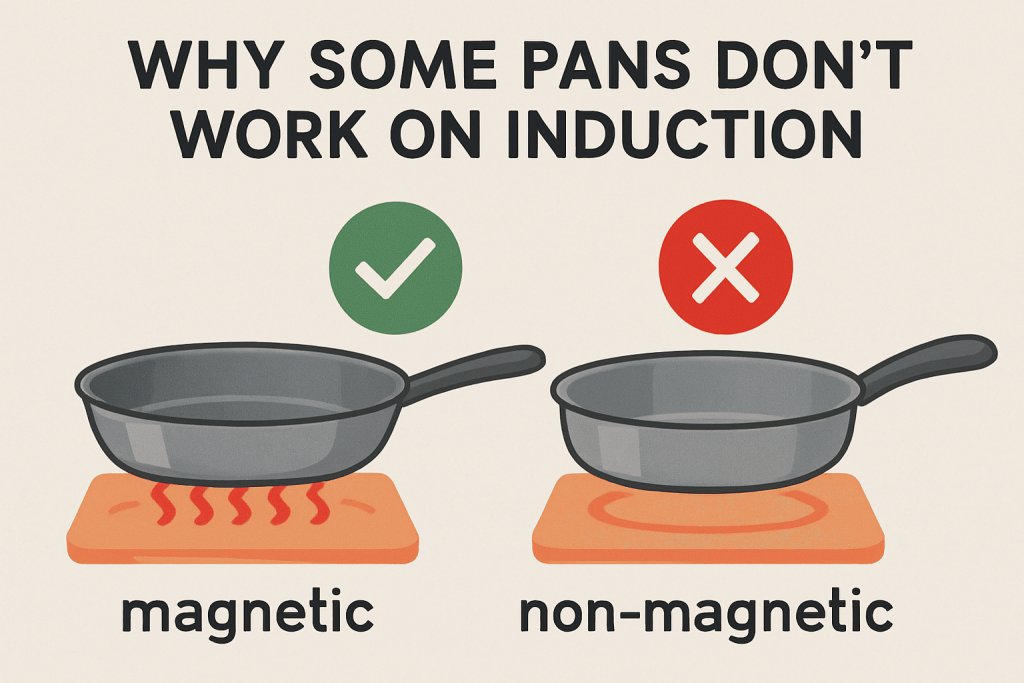

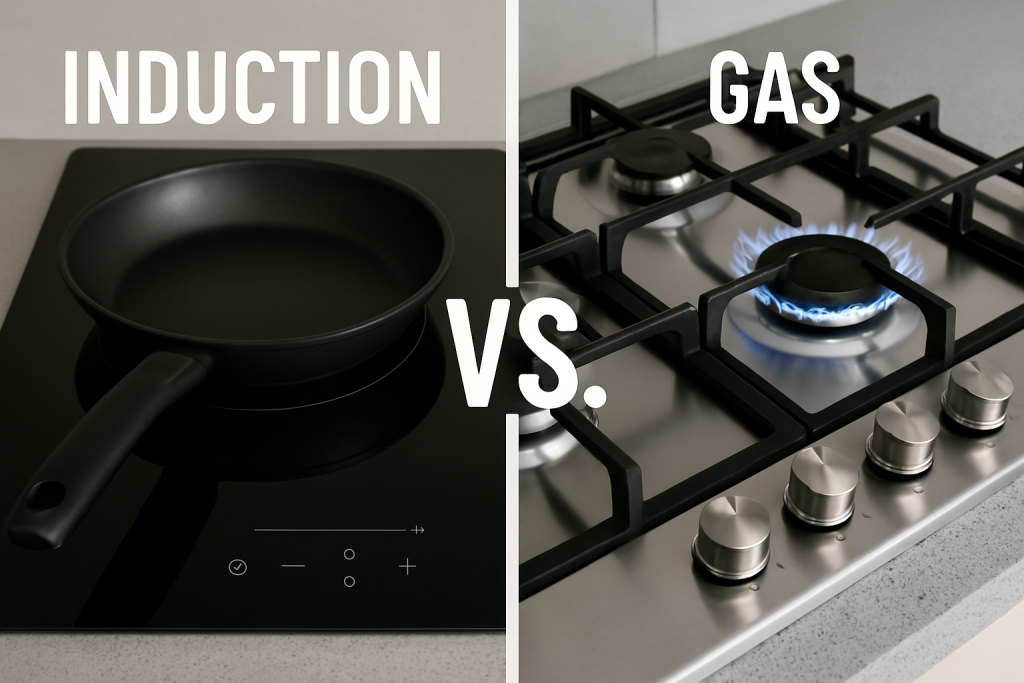
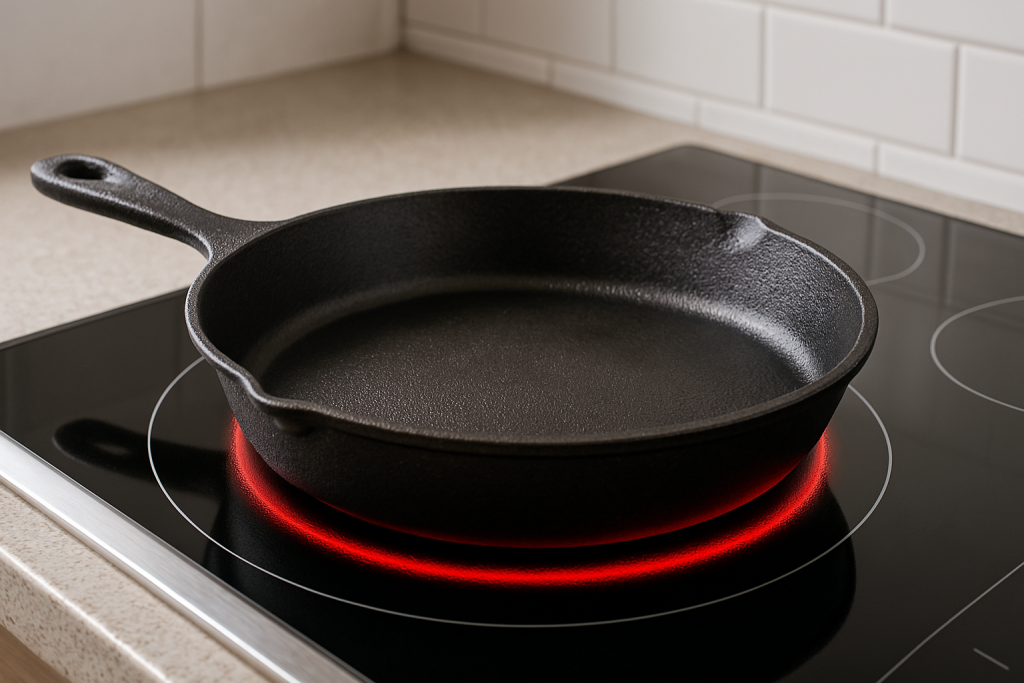
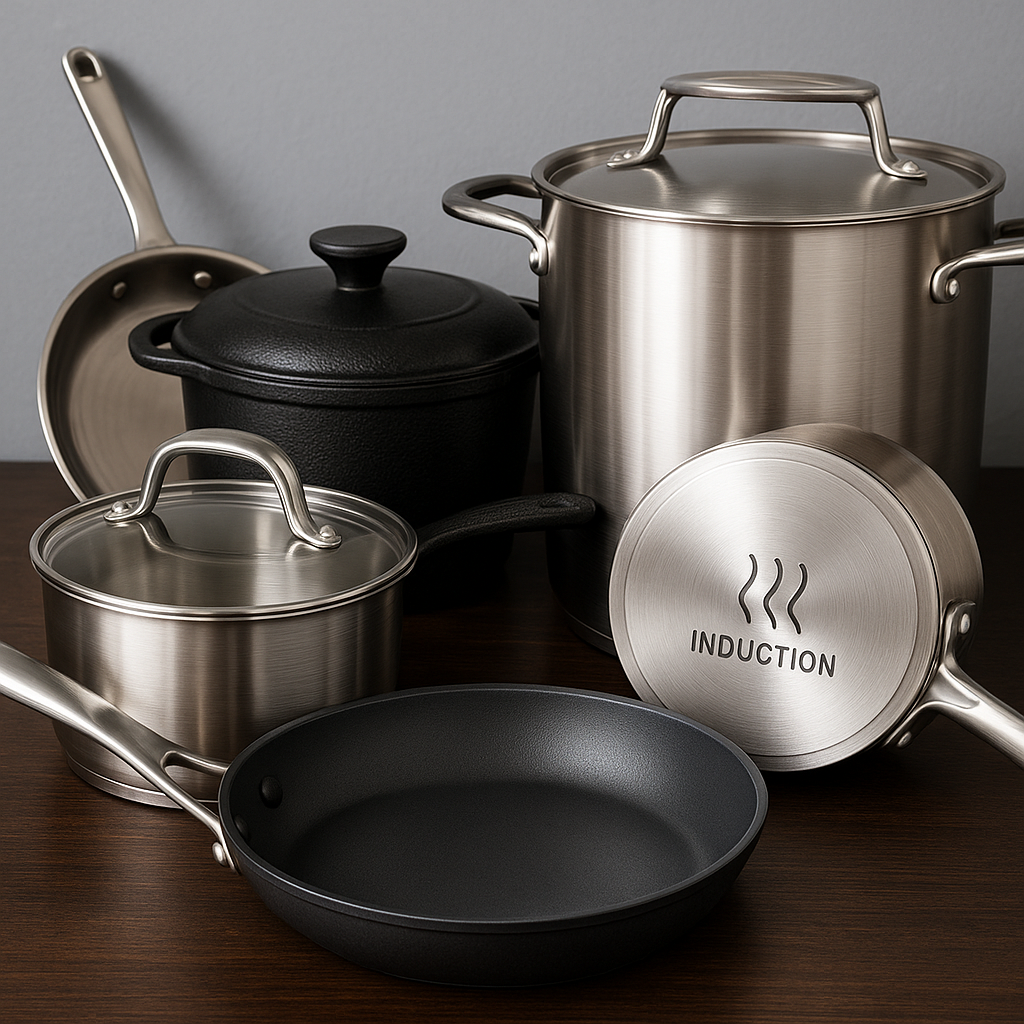
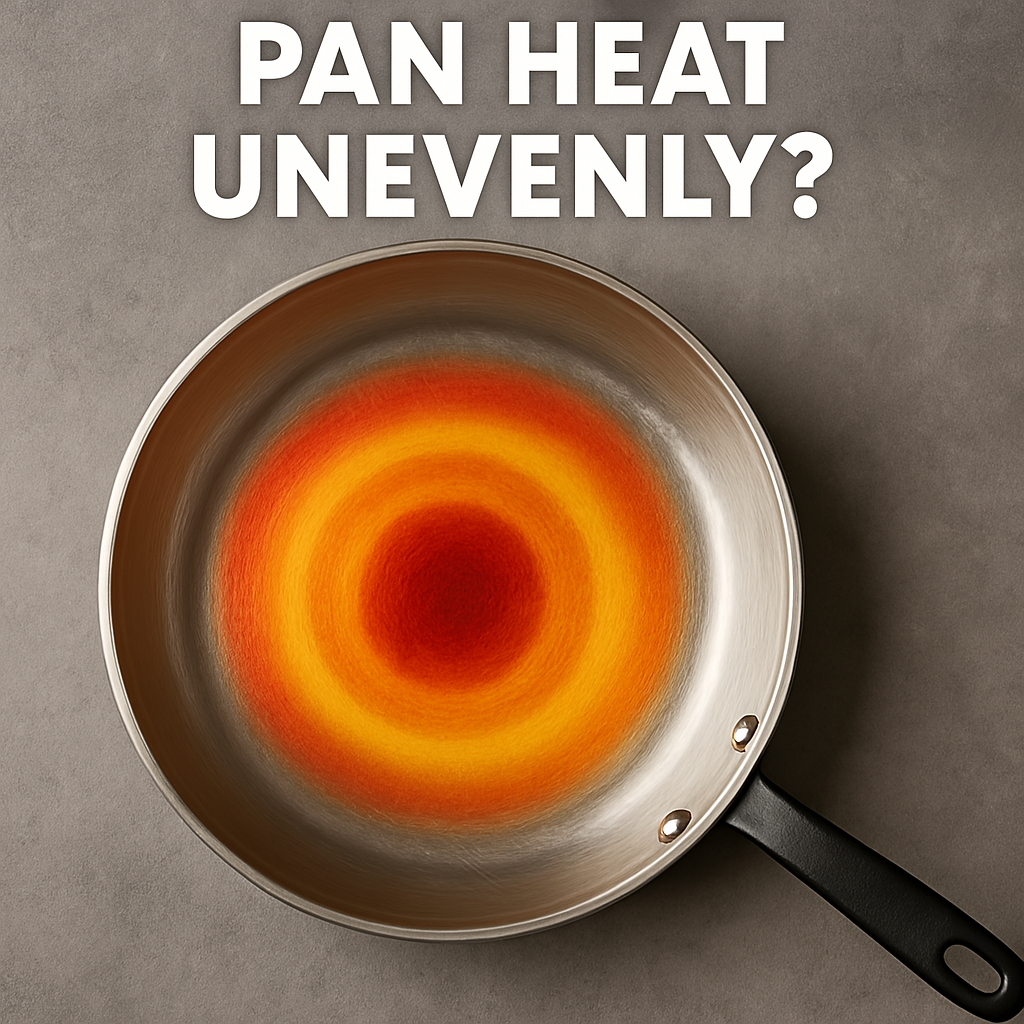
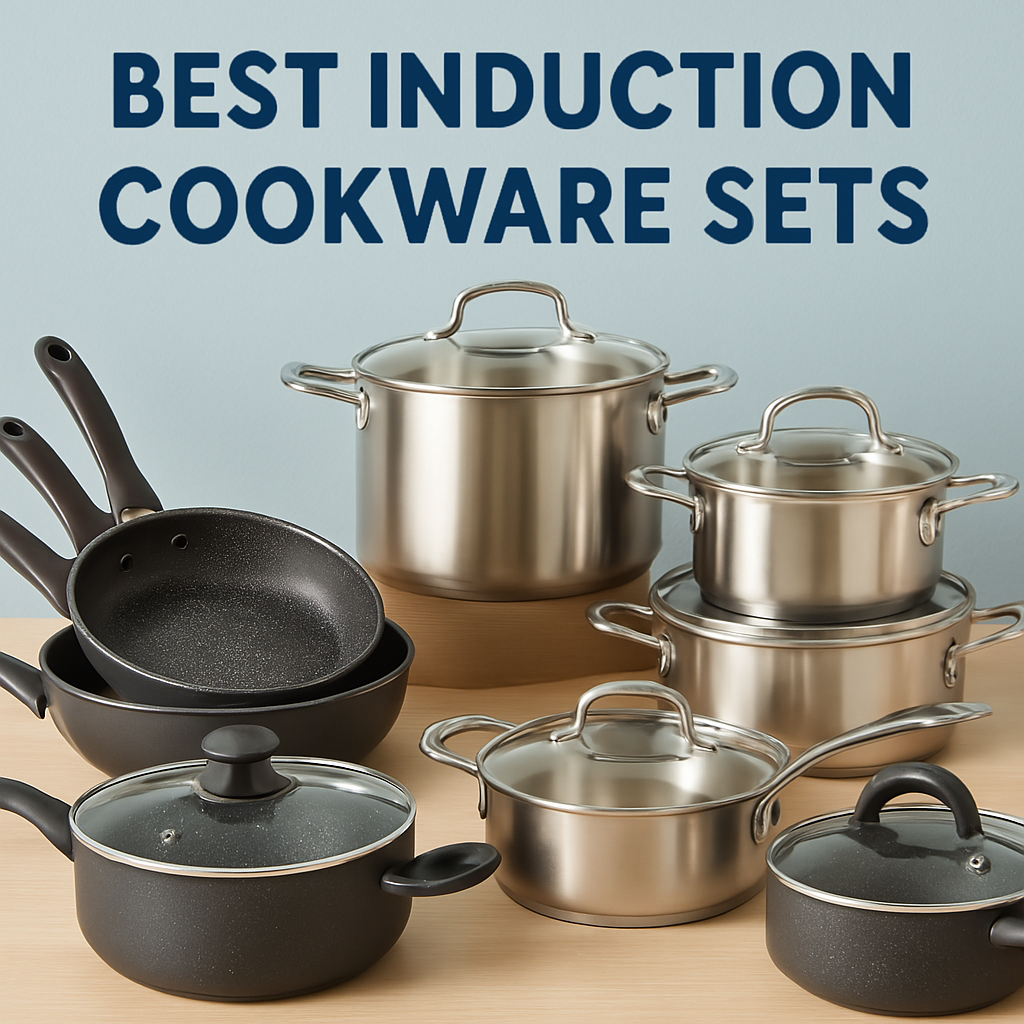
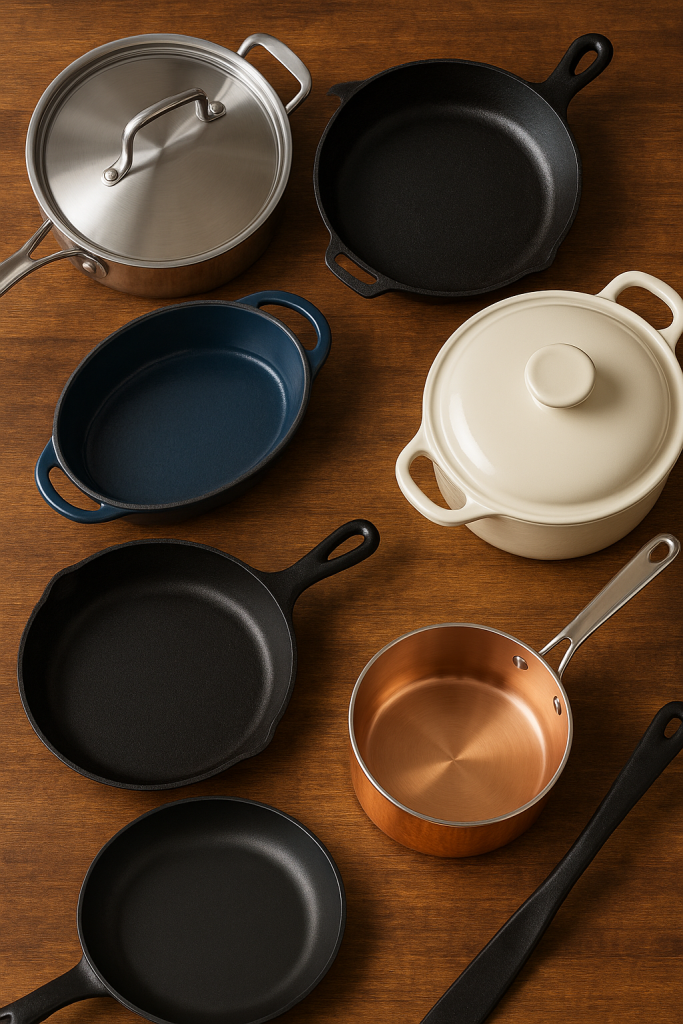
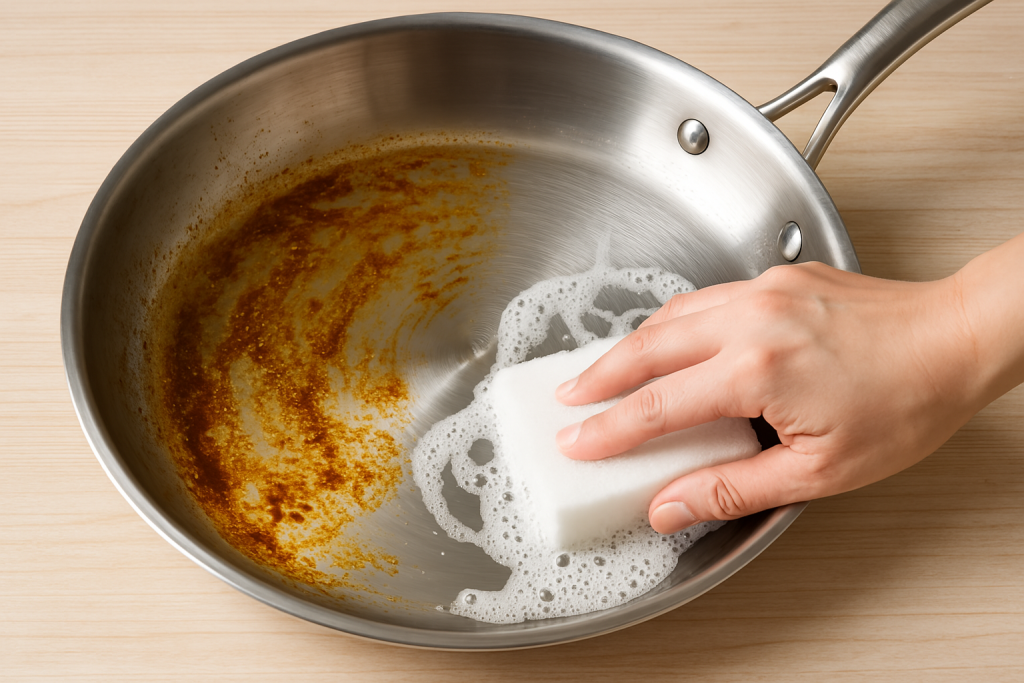
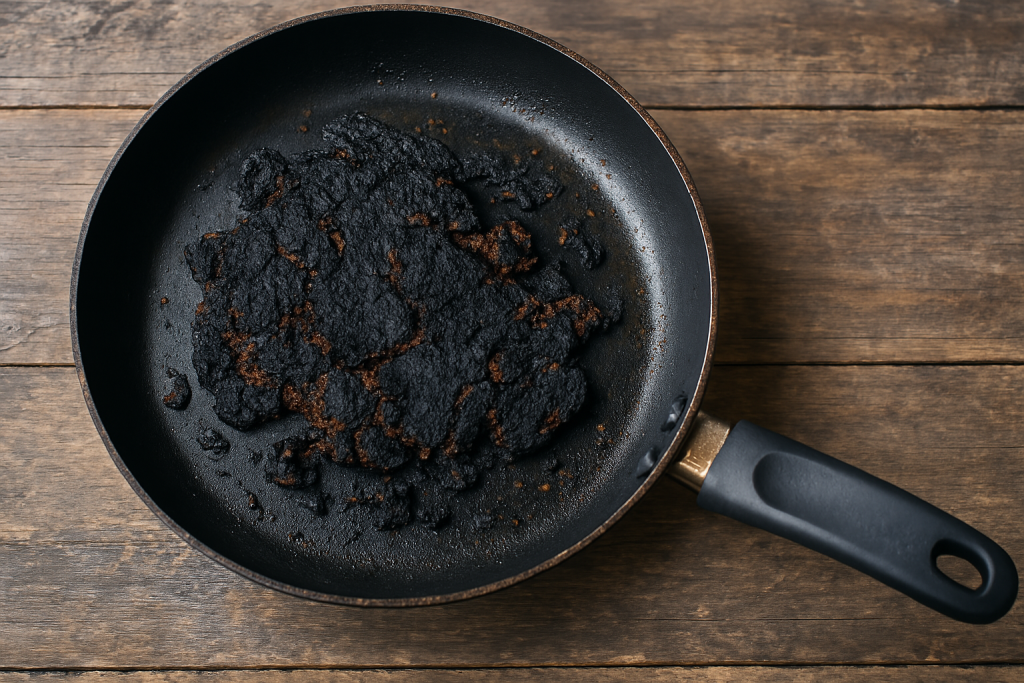
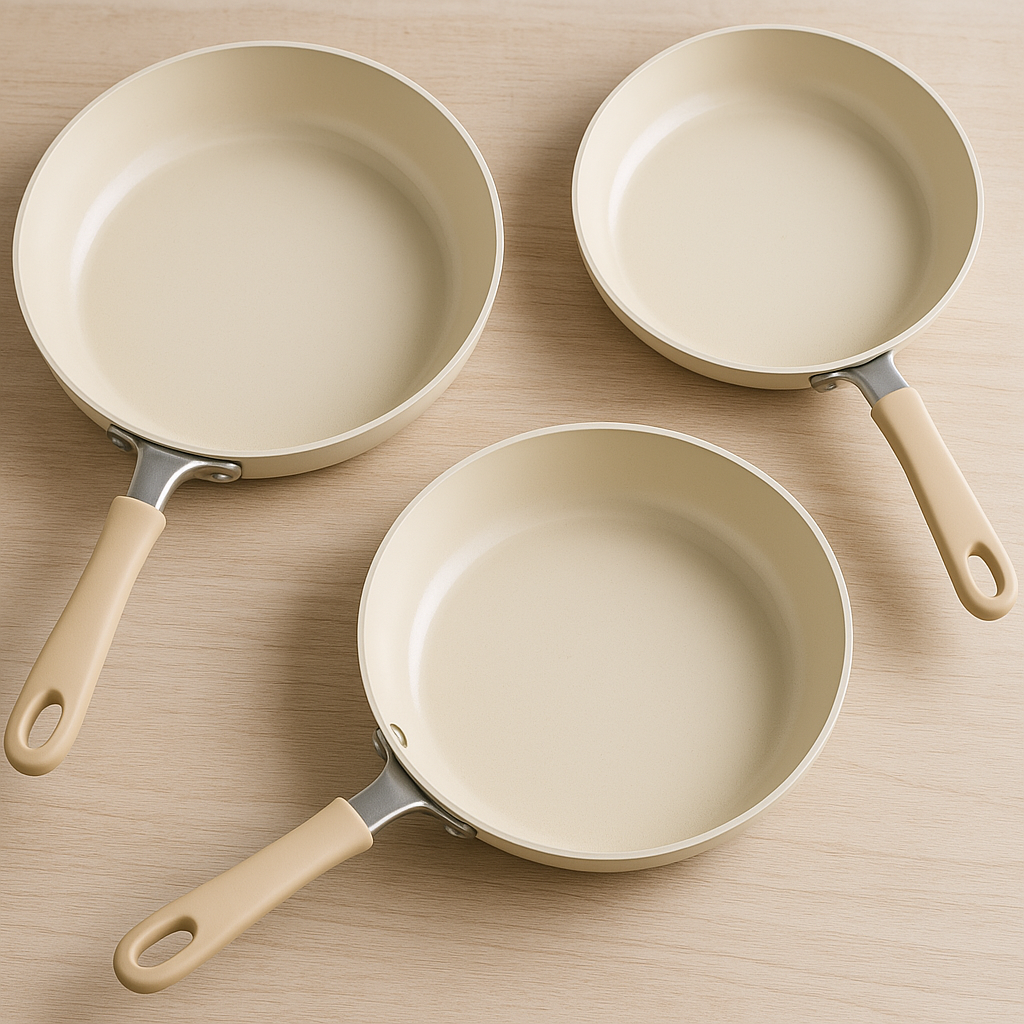
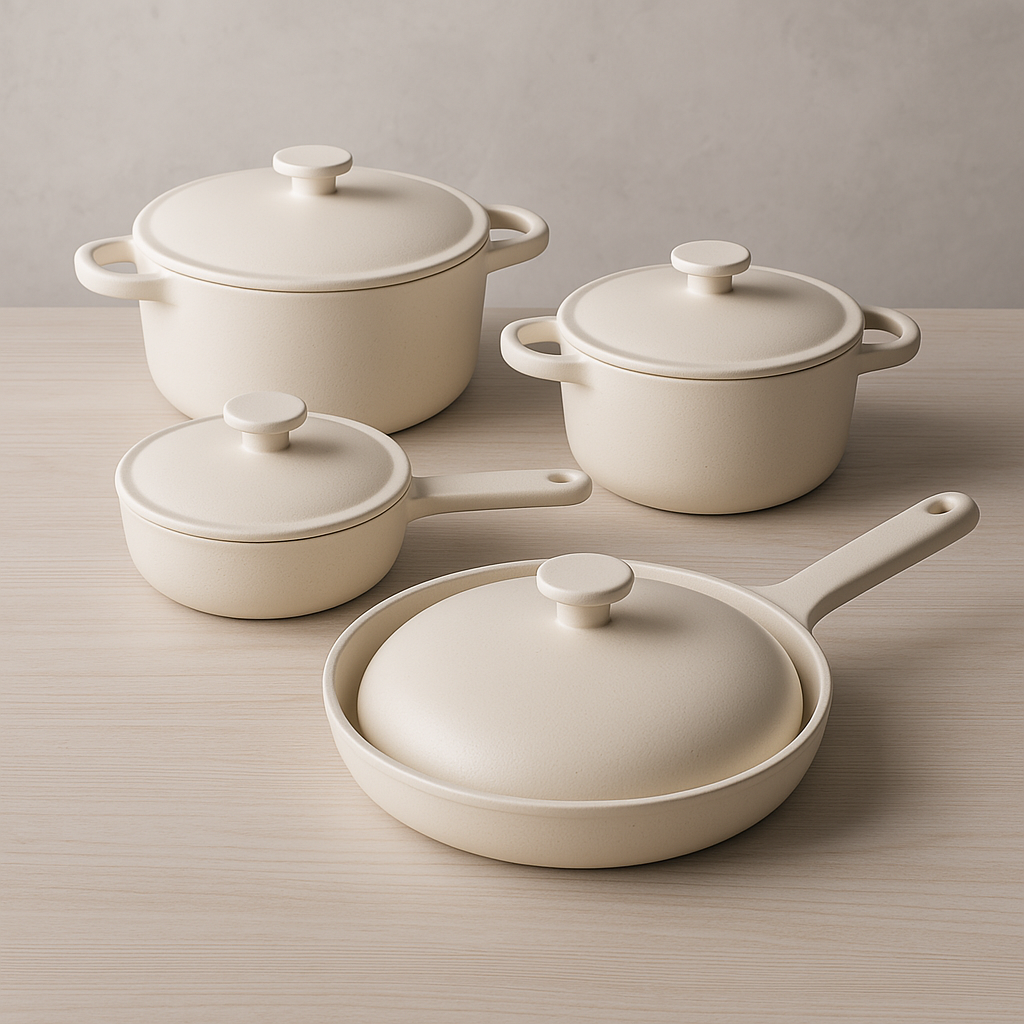
Leave a Reply